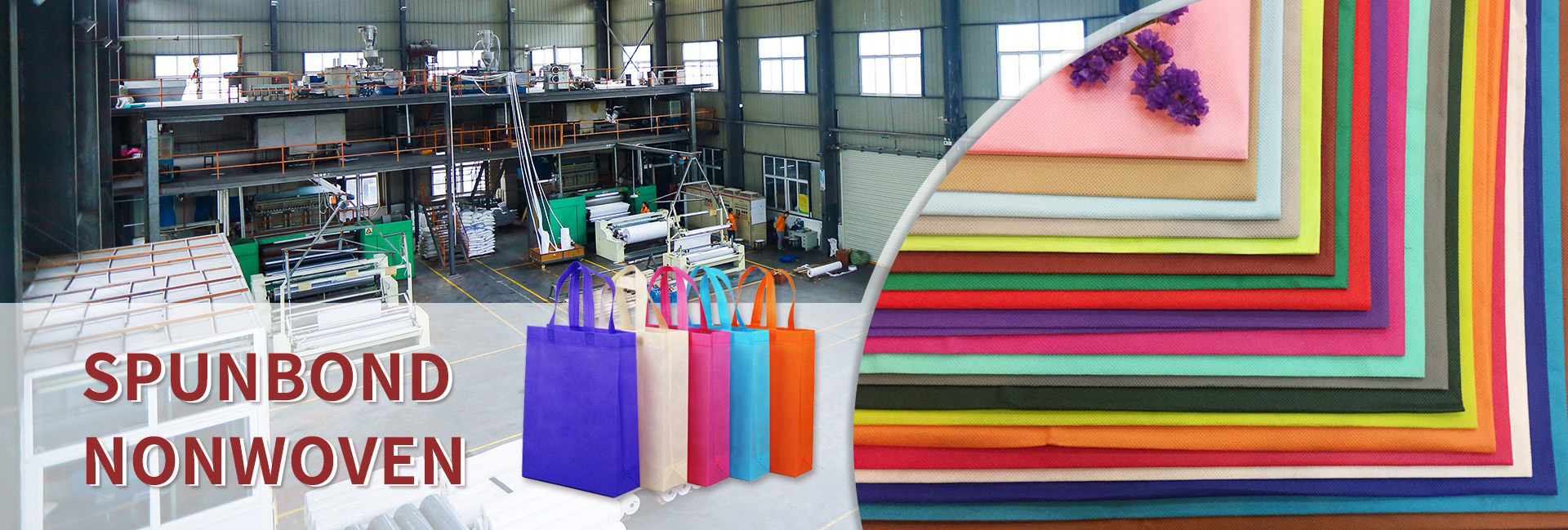In the global context of the plastic ban, the meltblown nonwoven industry is undergoing a transformation from traditional polypropylene (PP) materials to biodegradable materials, which involves multiple dimensions such as technology, policies, and markets. The core content and impact of this trend are analyzed from multiple perspectives as follows:
Policy driven: Global wave of plastic bans
China’s policy: The upgraded version of the “Plastic Ban Order” in 2020 clearly prohibits non degradable plastic products in stages, and many places have implemented restrictions on disposable plastic products (such as shopping bags and tableware), forcing industrial upgrading.
International News: Policies such as the EU’s Single Use Plastic Directive (SUP), plastic restriction laws in some US states, and India’s comprehensive plastic ban are driving the global supply chain towards environmentally friendly materials.
Medical industry impact: Although medical protective equipment (masks, protective clothing) has not yet been fully included in the plastic ban, the research and development of biodegradable alternatives has been put on the agenda under environmental pressure.
Technological Transformation: Breakthroughs and Challenges in Biodegradable Materials
Mainstream biodegradable materials
PLA (Polylactic Acid): Originating from corn starch, it has good biocompatibility, but the melt spraying process requires adjusting the temperature (melting point of about 170 ℃, lower than PP’s 160-180 ℃) and optimizing the fiber fineness to achieve efficient filtration.
PBAT/PBS: It has good flexibility and is often blended with PLA to balance strength and degradability, but the cost is relatively high (about 30% -50% higher than PP).
PHA (polyhydroxyalkanoate): It has outstanding marine degradability, but its mass production technology is not yet mature and expensive.
Technical difficulties
Process adaptation: Traditional melt blown equipment needs to be modified, such as adjusting screw temperature and mold design to adapt to the thermal stability differences of degradable materials.
Performance benchmark: It is necessary to ensure that the filtration efficiency (such as N95 masks requiring ≥ 95%), breathability, antibacterial properties, and other indicators of biodegradable meltblown fabric are not inferior to PP.
Controllability of degradation: It is necessary to balance the product’s service life and degradation cycle to avoid deterioration during storage or a decrease in performance during use.
Market opportunities and competitive landscape
Demand side: The medical field (masks, surgical gowns) and daily necessities (environmentally friendly wipes, packaging materials) are the main growth points. It is predicted that the global biodegradable non-woven fabric market size may exceed 5 billion US dollars by 2025.
Supply chain reshaping: Upstream material suppliers (such as NatureWorks and Fengyuan Group) accelerate the expansion of PLA production capacity; Midstream equipment suppliers develop dedicated melt blown lines; Downstream brands such as 3M and Jinfa Technology have launched biodegradable protective products.
Regional differences: Due to strict policies and strong environmental awareness among consumers, the demand in the European and American markets is leading; The Asian market relies on policy promotion and is highly cost sensitive.
Industry pain points and solutions
High cost: The price of biodegradable materials is 2-3 times that of PP. Countermeasures: Government subsidies (such as China’s “Guidelines for the Development of Degradable Materials Industry”) and cost reduction through large-scale production.
Lack of standards: inconsistent degradation conditions (industrial composting vs. natural degradation) and testing methods. Countermeasure: Promote the development of ISO/ASTM international standards and establish a certification system.
Recycling bottleneck: The current degradation facilities are insufficient, and it is necessary to build industrial composting plants or classification recycling systems to avoid the problem of “pseudo degradation”.
Future Trends: Innovation and Collaboration Advancing Together
Material innovation, research and development of new bio based materials such as nanocellulose and seaweed based materials, may break through existing performance limitations; Process upgrades, new technologies such as electrospinning and 3D printing, or their combination with traditional melt blowing, can enhance material functionality (such as antibacterial and antiviral); The circular economy model allows enterprises to explore a closed-loop system of “production use recycling regeneration”, such as collaborating with waste disposal companies to ensure that degraded materials truly return to the ecosystem.
Conclusion
The “degradable” of melt blown non-woven fabric is not only a technological replacement, but also a green reconstruction of the entire industry chain. Enterprises need to seize the technological high ground during the policy window period, while paying attention to the environmental benefits throughout the entire lifecycle, in order to stand undefeated in this transformation. In the future, with the decrease in material costs and the improvement of regulations, biodegradable meltblown fabrics are expected to expand from medical protection to a wider range of fields such as agriculture and packaging, becoming a key pillar of low-carbon economy.
Dongguan Liansheng Non woven Technology Co., Ltd. was established in May 2020. It is a large-scale non-woven fabric production enterprise integrating research and development, production, and sales. It can produce various colors of PP spunbond non-woven fabrics with a width of less than 3.2 meters from 9 grams to 300 grams.
Post time: May-22-2025

